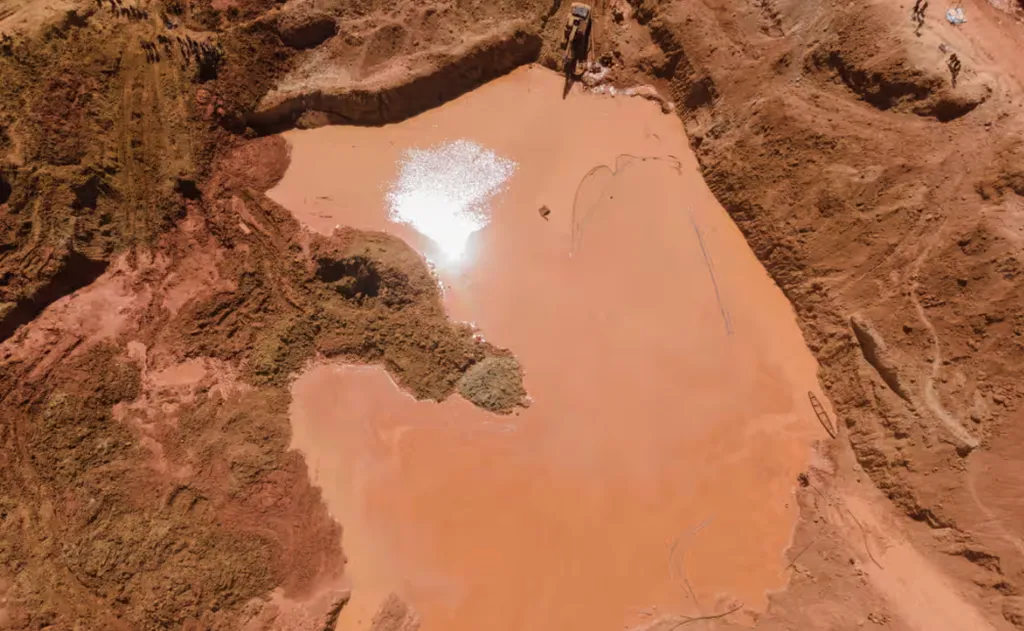In the heart of Lahore, Pakistan, a team of researchers led by Muhammad Zahid Mumtaz at the Institute of Molecular Biology and Biotechnology, The University of Lahore, is unearthing a microscopic world that could revolutionize how we extract and utilize essential minerals. Their latest work, published in *Frontiers in Microbiology* (which translates to *Frontiers in the Study of Tiny Life Forms*), delves into the fascinating realm of mineral solubilizing microorganisms (MSM) and their potential to transform nutrient bioavailability, bioweathering, and bioremediation.
Mumtaz and his team have been exploring how these tiny organisms can unlock minerals from rocks and soils, making them more accessible for plant uptake and industrial applications. “Mineral solubilizing microorganisms are nature’s own alchemists,” Mumtaz explains. “They can convert insoluble minerals into soluble forms, a process that has profound implications for agriculture, mining, and even environmental cleanup.”
The research focuses on three key types of MSMs: phosphate solubilizing microorganisms, potassium solubilizing microorganisms, and zinc solubilizing microorganisms. Each plays a crucial role in different sectors. For instance, phosphate solubilizing microorganisms can enhance soil fertility, reducing the need for chemical fertilizers. Potassium solubilizing microorganisms can improve crop yields, while zinc solubilizing microorganisms can address zinc deficiency in soils, a significant issue in many parts of the world.
But the implications extend far beyond agriculture. In the energy sector, these microorganisms could be game-changers. “Imagine being able to extract minerals more efficiently and sustainably,” Mumtaz says. “This could reduce the environmental impact of mining and make mineral extraction processes more cost-effective.”
The potential for bioremediation is equally exciting. MSMs can help clean up contaminated sites by solubilizing and removing heavy metals and other pollutants. This could be a boon for the energy sector, which often deals with the challenge of cleaning up after extraction processes.
The research also sheds light on the complex interactions between minerals and microbes, as well as between plants and microbes. Understanding these interactions could lead to the development of more effective and sustainable agricultural practices, as well as innovative solutions for mineral extraction and environmental remediation.
As we look to the future, the work of Mumtaz and his team could pave the way for a more sustainable and efficient approach to mineral utilization. “This is just the beginning,” Mumtaz notes. “There’s so much more to discover and explore in this field. The potential is enormous.”
In a world grappling with the challenges of climate change and resource depletion, the work of these researchers offers a glimmer of hope. By harnessing the power of these tiny organisms, we could unlock a more sustainable future for all.

